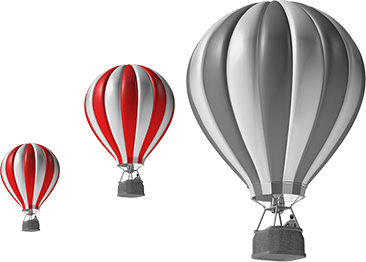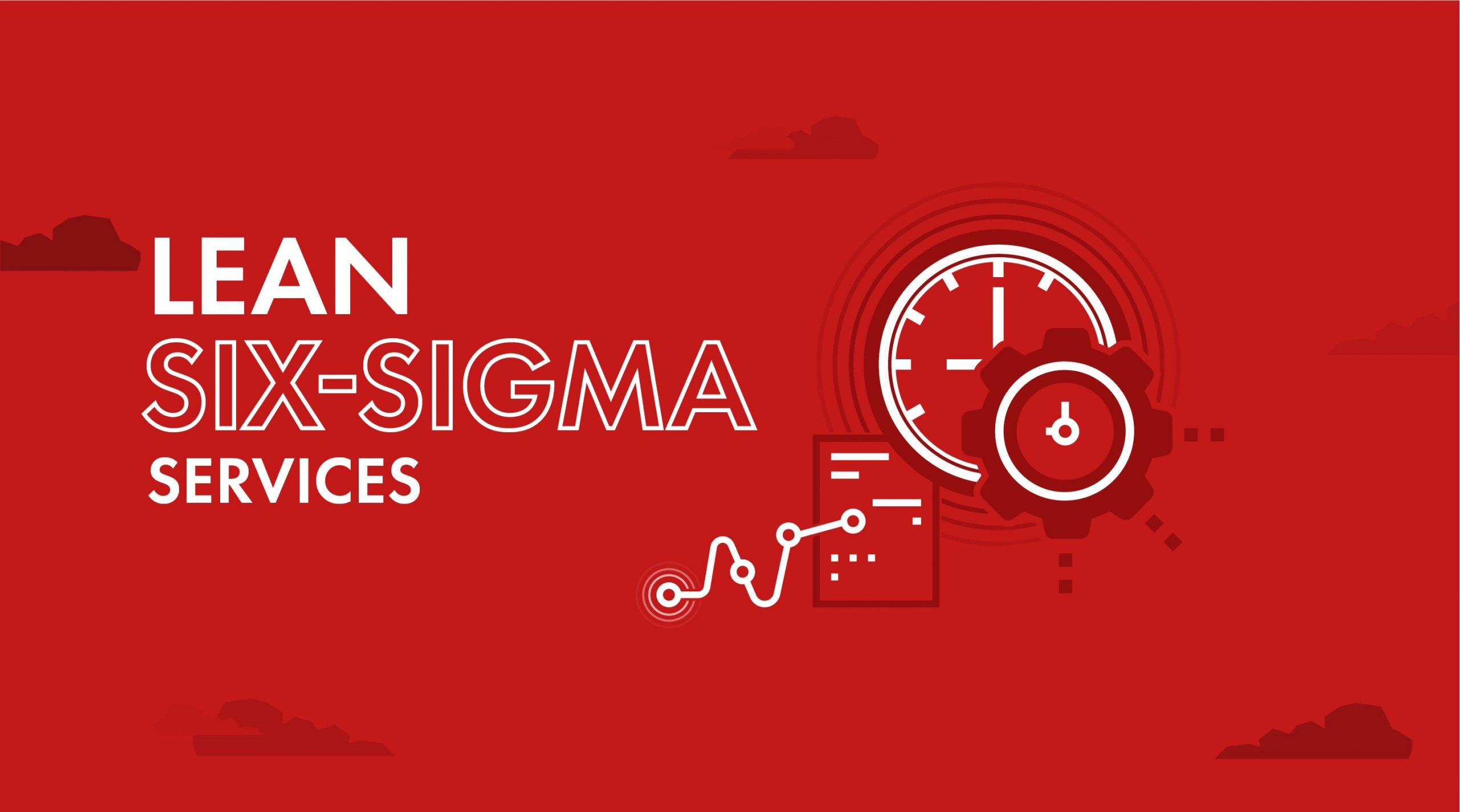

What is Lean Six Sigma Certification?
Lean Six Sigma is a structured, data-driven approach to improve efficiency, customer satisfaction, productivity, and profits.
Both Lean and Six Sigma aims at eliminating the redundant i.e., the waste from the organisation and improve the productivity. However, both the processes see the root cause of the ‘waste’ differently. Though these two are interchangeable in many aspects, Lean is more about considering waste as the increased number of steps, processes, features that a customer might feel not worthy to deserve their money, whereas Six Sigma holds the results from process variation.
Lean Six Sigma training is a method that recognizes the role of every stakeholder i.e., a collaborative team effort to improve performance by systematically removing waste and reducing variation. It combines lean manufacturing/lean enterprise and Six Sigma to eliminate the eight kinds of waste (muda):
- Defects
- Over-Production
- Waiting
- Non-Utilized Talent
- Transportation
- Inventory
- Motion
- Extra-Processing

Lean Vs Six Sigma
Lean Six Sigma is a synergized managerial concept of Lean and Six Sigma. Lean traditionally focuses on the elimination of the eight kinds of waste/Muda classified as defects, over-production, waiting, non-utilized talent, transportation, inventory, motion, and extra-processing. Six Sigma seeks to improve the quality of process outputs by identifying and removing the causes of defects (errors) and minimizing variability in (manufacturing and business) processes.
Synergistically, Lean aims to achieve continuous flow by tightening the linkages between process steps while Six Sigma focuses on reducing process variation (in all its forms) for the process steps thereby enabling a tightening of those linkages. In short, Lean exposes sources of process variation and Six Sigma aims to reduce that variation enabling a virtuous cycle of iterative improvements towards the goal of continuous flow.


DMAIC Phase
DMAIC is the phase applied in Lean Six Sigma. It compromises aspects of Lean’s waste elimination and Six Sigma’s agenda of reducing defects, based on quality improvements.
The DMAIC toolkit of Lean Six Sigma training comprises all the Lean and Six Sigma tools. The training for Lean Six Sigma is provided through the belt based training system similar to that of Six Sigma. The belt personnel is designated as white belts, yellow belts, green belts, black belts and master black belts, similar to judo.
Lean Six Sigma Organisation Structure
Yellow Belt
Understanding the specifics of Six Sigma; how and where to apply them and support the team to solve the existing issue.
Green Belt
Understanding of analysis and improved ability to resolve quality related issues.
Black Belt
Experts and agents of change and improvement. Full time project leaders.
Master Belt
Black belt trained with atleast two years of experience. Teaches LEAN Six Sigma to others.
Lean Six Sigma Certification clients

Empower your business with 4C
- Hands on experience of Team 4C to impart practical and theoretical in our Lean Six Sigma training knowledge to organizations through various activities.
- Team 4C helps structure the organisation with the right Lean Six Sigma black belt training and Lean Six Sigma Green belt certification and more.
- Our Consultants are experts in providing Lean Six Sigma Training with a solution to Total Quality Management that's cost effective, efficient and reliable.
- Team of 4C capitalizes on the involvement of management, workforce, suppliers, and even customers, in order to meet or exceed customer expectations.













